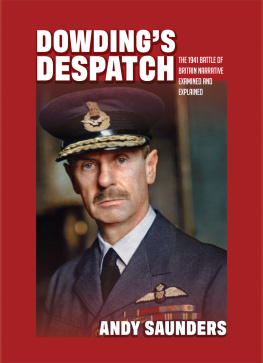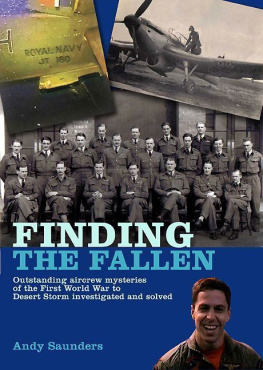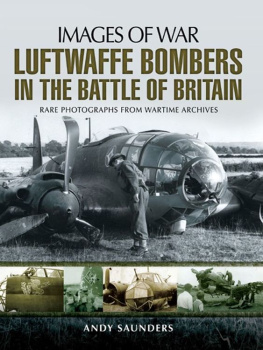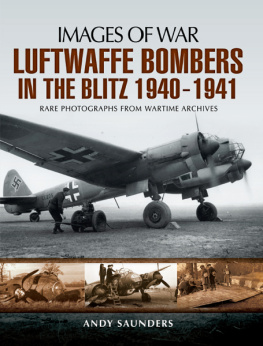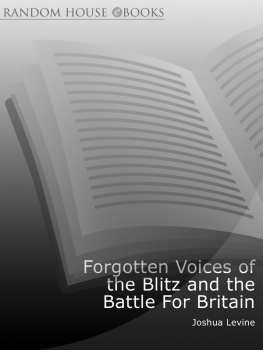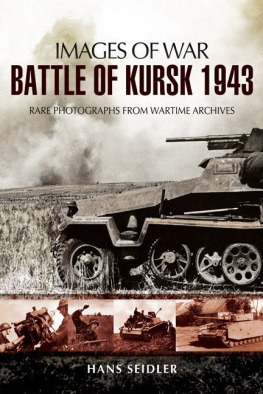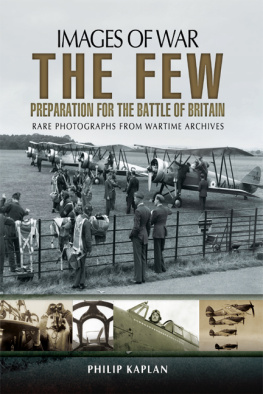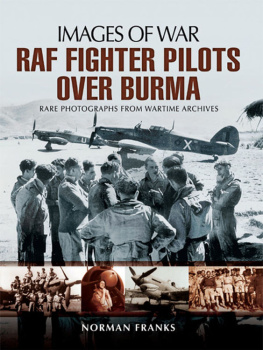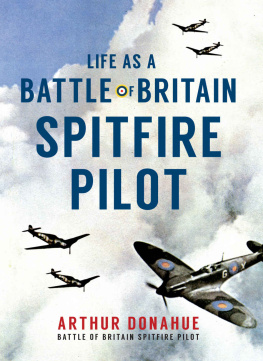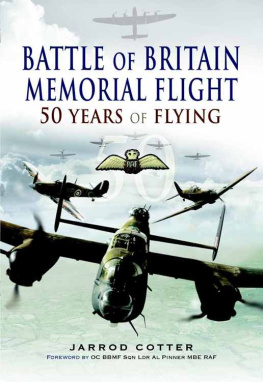
First published in Great Britain in 2014 by
PEN & SWORD AVIATION
An imprint of
Pen & Sword Books Ltd
47 Church Street
Barnsley
South Yorkshire S70 2AS
Copyright Andy Saunders, 2014
ISBN 978-1-78303-040-8
eISBN 9781473837546
The right of Andy Saunders to be identified as author of this work has been asserted by him in accordance with the Copyright, Designs and Patents Act 1988.
A CIP catalogue record for this book is available from the British Library.
All rights reserved. No part of this book may be reproduced or transmitted in any form or by any means, electronic or mechanical including photocopying, recording or by any information storage and retrieval system, without permission from the Publisher in writing.
Typeset by Concept, Huddersfield, West Yorkshire HD4 5JL.
Printed and bound in England by CPI Group (UK) Ltd, Croydon CR0 4YY.
Pen & Sword Books Ltd incorporates the imprints of Pen & Sword Archaeology, Atlas, Aviation, Battleground, Discovery, Family History, History, Maritime, Military, Naval, Politics, Railways, Select, Social History, Transport, True Crime, and Claymore Press, Frontline Books, Leo Cooper, Praetorian Press, Remember When, Seaforth Publishing and Wharncliffe.
For a complete list of Pen & Sword titles please contact
PEN & SWORD BOOKS LIMITED
47 Church Street, Barnsley, South Yorkshire, S70 2AS, England
E-mail: enquiries@pen-and-sword.co.uk
Website: www.pen-and-sword.co.uk
Contents
Acknowledgements
T he photographs contained in this volume are largely from my private archive of images I have collected of Luftwaffe aircraft downed in Britain during the period 1939 to 1945. A great many friends and colleagues have assisted me in this quest, have helped me identify the scenes captured on film, or otherwise provided additional information. In no particular order of merit, I would like to thank: Peter Cornwell, Steve Hall, Chris Goss, Dennis Knight, Winston Ramsey, Richard Hukins, Dave Buchanan, Phillipa Hodgkiss, Alfred Price, Gerry Burke and Martin Mace.
In addition, I must mention two other fellow researchers who are no longer with us but whose work added considerably to our sum of knowledge relating to the recovery of aircraft wrecks in wartime Britain. They are my late friend Pat Burgess and a colleague of many years, Peter Foote. Pat had been a prodigious collector of information relating to the county of Sussex, the area in which much of the activity described in this book had taken place. Peter Foote had been equally industrious in recording the minutiae of events during the Battle of Britain and the Blitz across Britain since the late 1940s and his tireless research work has left a legacy of unequalled information. Had he not recorded some of these events before it was too late to find the evidence then our knowledge of that period would be much the poorer.
Lastly, I must pay tribute to the late Arthur Nicholls. His gift to me of his surviving records, reports and photographs provided a veritable treasure trove of information.
In addition, I must extend my thanks to the many other individuals and organisations that have assisted me in over forty years of related research who I have not named here. My thanks to you all.
Andy Saunders
September 2013.
Introduction
C learing away the debris and detritus of modern mechanised warfare is something that warring nations have had to deal with since the end of the First World War, and the inevitable result of twentieth century warfare was the large-scale littering of land and sea with the wreckages that combat left behind. The massive and widespread land battles across Europe during the first and second world wars left their own particular trails of destruction and debris that had to be cleared away before normal life could once again resume in the post war periods, and those clear-up operations presented their own challenges, dangers and difficulties. In the British Isles during the Second World War, and for the first time in modern history, the country was faced with widespread destruction caused by bombing, and disruption and damage to infrastructure caused by almost six years of conflict some of that damage resulting from defensive measures taken by the military with the establishment of aerodromes, fortifications and other defences.
Putting things back to how they were took very many years, although during the 19391944 period itself a far more immediate problem faced the authorities in Britain: the collection and disposal of shot down or crashed aircraft, allied and enemy. Such crashes needed almost immediate attention for a variety of reasons. How were they dealt with, and what subsequently happened to them?
Often the remains were badly smashed up or even largely buried in the ground, but they could yield useful clues about new enemy developments such as advances in weaponry or armour, improved engine installations, the quality of oils and fuels used, information about factories where component parts had been built, as well as the significance of German tactical markings, camouflage paint schemes and even unit emblems. Additionally, much could be discovered about the effect of British munitions against enemy aircraft. In some cases these German aircraft were substantially intact and a few prime examples were selected for public display for fund raising and morale-boosting initiatives and many of these are illustrated in this book. Others that were deemed of greater use or value were subject to careful dismantling and transportation to the Royal Aircraft Establishment, Farnborough. Here, a more thorough technical examination was possible and some examples were then further earmarked for full repair and refurbishment and an eventual return to the air for flight testing. Much could be learned about the flying characteristics of these captured Luftwaffe machines, including the strengths and weaknesses of various types as they were assessed against British fighters and thereby give RAF pilots and other defending forces a better insight into the enemy aircraft they were pitted against. To keep these captured examples airworthy, a plentiful supply of spare parts could often be gleaned from other crashed aircraft of the same type that were falling onto British soil on a somewhat regular basis.
British aircraft needed to be dealt with too. Very often, as with the German types, the wreckages were smashed up, burnt or perhaps buried. The remnants still had to be cleared away, although there was a somewhat different agenda in that process. Clearly, the crashes held no intelligence value and it was simply a case of taking away the wrecks from wherever they had fallen. Often, RAF aircraft had been force-landed and were assessed to be repairable for eventual return to flight and it was thus essential that they were dismantled as carefully as possible without causing any further damage. More seriously damaged machines might yet yield salvageable parts and equipment that could be returned to stores for use and this was part of the remit of the RAF Maintenance Units charged with retrieving such wrecks. However, many of the more smashed-up wreckages would eventually follow the same route as the demolished Luftwaffe airframes; processing for scrap and smelting into ingots.
Given the scale of wartime aircraft losses over the United Kingdom, a network of RAF Maintenance Units across the country were allocated regional responsibility for the collection and disposal of aircraft wreckages. Sometimes, and especially during the hectic summer of 1940, the RAF were unable to keep pace with the volume of work as more and more aircraft were being brought down, and the Air Ministry consequently engaged civilian contractors to collect and transport British and German aircraft wrecks. Detailed arrangements were also put in place for the guarding, inspection, collection and disposal of wrecks, and specific protocols were firmly established for dealing with the growing number of crashed aircraft.
Next page

